On August 3, 1492, Christopher Columbus and his crew set sail from the port of Palos in southern Spain on three vessels: la Santa Clara (Niña), la Pinta and la Santa Gallega (Santa Maria). Two of the ships, the Niña and Pinta, were tiny by today’s standards—only 50 to 70 feet from bow to stern—but prized for their speed and maneuverability. The Santa Maria, Columbus’s flagship, was a larger, heavier cargo ship.
For 35 days, Columbus and his crew of 86 Spanish sailors sailed westward searching for a passage to China and India. With the men close to mutiny against their “foreign” captain, Columbus was about to turn back when the cry went out at 2 a.m. on October 12 that land had been sighted.
Columbus hadn’t found a western route to India, of course, but his success in crossing the Atlantic was due in large part to the ships he chose for the perilous voyage, particularly the diminutive Niña and Pinta, which were a speedy type of ship called a caravel.
READ MORE: Why Columbus Day Courts Controversy
When the royal decree went out in 1492 from Queen Isabella of Spain to fund Columbus’s first voyage, it read, “By these presents, we dispatch the noble man Christoforus Colón with three equipped caravels over the Ocean Seas toward the regions of India for certain reasons and purposes.”

The caravels of Christopher Columbus, the Nina, Pinta and Santa Maria.
DEA/G. Dagli Orti/Getty Images
Caravels Were Cutting Edge in the 15th Century
Though only two of Columbus’s ships ended up being caravels, Isabella’s decree speaks to the popularity of the vessel during the 15th-century “Age of Discovery.” Starting with Portuguese explorations of the African coast in the mid-1400s, caravels were prized for their sleek, lightweight hull and their uncanny ability to sail into the wind.
Luis Filipe Viera de Castro, a nautical archeologist at Texas A&M University, says that the earlier Portuguese caravels, known as the caravela latina, were rigged with lateen (triangular) sails that hung at 45-degree angle to the deck.
“Lateen sails are […] almost like wings,” says Castro. “You can point the bow of the caravel with an angle of just 20 degrees off the wind and still get enough lift on the outer edge of the sail to propel forward.”
The lateen-rigged caravels were critical in the Portuguese voyages to sub-Saharan African, where strong coastal winds blow north to south. The versatile caravel could speed south along the coast and easily return to shore against the wind.
For Columbus’s maiden journey, he used a Spanish update to the caravel known as the caravela redonda, a three-masted ship where the first two masts were rigged with conventional square sails for open-ocean speed, and a third was rigged with a lateen sail for coastal maneuverability. That rigging combination made ships like the Niña and the Pinta some of the best sailing vessels of their time.
In addition to their versatile rigging options, 15th-century caravels moved the rudder to the rear center of the ship. In the 14th-century caravels popular in the Mediterranean, the rudder was still on the side, says Castro, like Viking ships. The new position allowed for far greater control.
Small Ships Offered Advantages—But Also Discomforts
Small caravels like the Niña and Pinta could only carry between 40 and 50 tons and were crewed by fewer than 30 sailors each. Their lightweight design and rounded bottom meant that they rode high in the water. This proved critical when Columbus needed to navigate the shallow island coastlines near modern-day Cuba.
The bulkier Santa Maria, which was a 110-ton cargo ship called a nau, ran aground on Christmas Day 1492 and had to be abandoned.
Yet the main advantage of the Spanish caravel, namely its compact size, was also its greatest disadvantage. Life aboard a short ship like the Niña or Pinta would have been absurdly crowded and uncomfortable.
Unlike the Santa Maria, which at least had tiny cabins where sailors could sleep between eight-hour shifts, the Niña and Pinta had a single small deck at the rear of the ship with only one cramped cabin reserved for the captain.
“If you’re a sailor on a caravel, you’re living on the deck and sleeping on the deck,” says Marc Nucup, public historian at The Mariners’ Museum in Newport News, Virginia. “You’re trying to stay out of the way of the sailors who are working. There’s almost no private space.”
Work was relentless on any 15th-century ship. The 20 sailors on the Niña and the 26 crewing the Pinta would have been constantly engaged with adjusting the rigging, trimming the sails, inspecting for leaks and plugging them with spongy scraps of old rope called oakum.
“Cathedrals, castles and ships—those were the most complicated things that humans had built up until that time,” says Nucup. “There was always something to do.”
The round-the-clock workload meant that even if you were off-duty, good luck trying to sleep on the deck while the other sailors stomped around you. Hammocks weren’t yet in use on ships in the 15th century, says Nucup.
Food Aboard Ships Was Dry and Often Filled With Maggots
And then there was the food. Columbus stocked a full year’s worth of food for the journey, not knowing how long it would be before they could return to Spain. For food to last at sea, it needed to be dry. Staples included dried and salted anchovies and cod, pickled or salted beef and pork, dried grains like chickpeas, lentils and beans, and, of course, hardtack biscuits.
The word biscuit comes from the Latin bis coctus for “twice-baked.” The hardtack biscuits “enjoyed” by Columbus’s crew would have been prepared by baking a hockey puck of flour and water multiple times, then crushing it into tiny pieces, reconstituting it with water and baking it again. Hardtack biscuits were so rock solid that they could only be eaten if softened with water or dipped in the communal slurry served every meal in a large wooden trough.
Yet tooth-breaking, dry biscuits were still preferable to those that had been spoiled by exposure to water in their storage barrel. Ferdinand Columbus, the explorer’s 14-year-old son, reported on the conditions on Columbus’s fourth voyage to the Americas.
"What with the heat and dampness, our ship biscuit had become so wormy that, God help me, I saw many who waited for darkness to eat porridge made of it, that they might not see the maggots,” wrote young Ferdinand, “and others were so used to eating them that they didn't even trouble to pick them out because they might lose their supper had they been so fastidious."






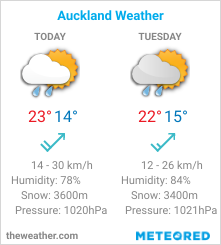
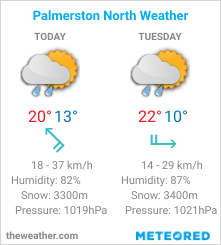
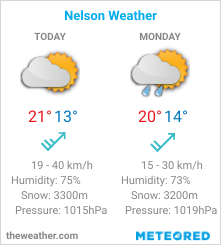
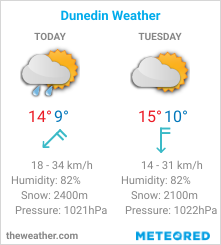
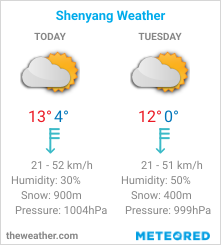
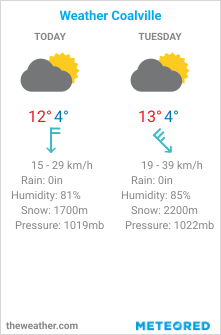
No comments:
Post a Comment
How did you like the post, leave a comment. I would appreciate hearing from you all. Best wishes from JC's Naval, Maritime and Military News